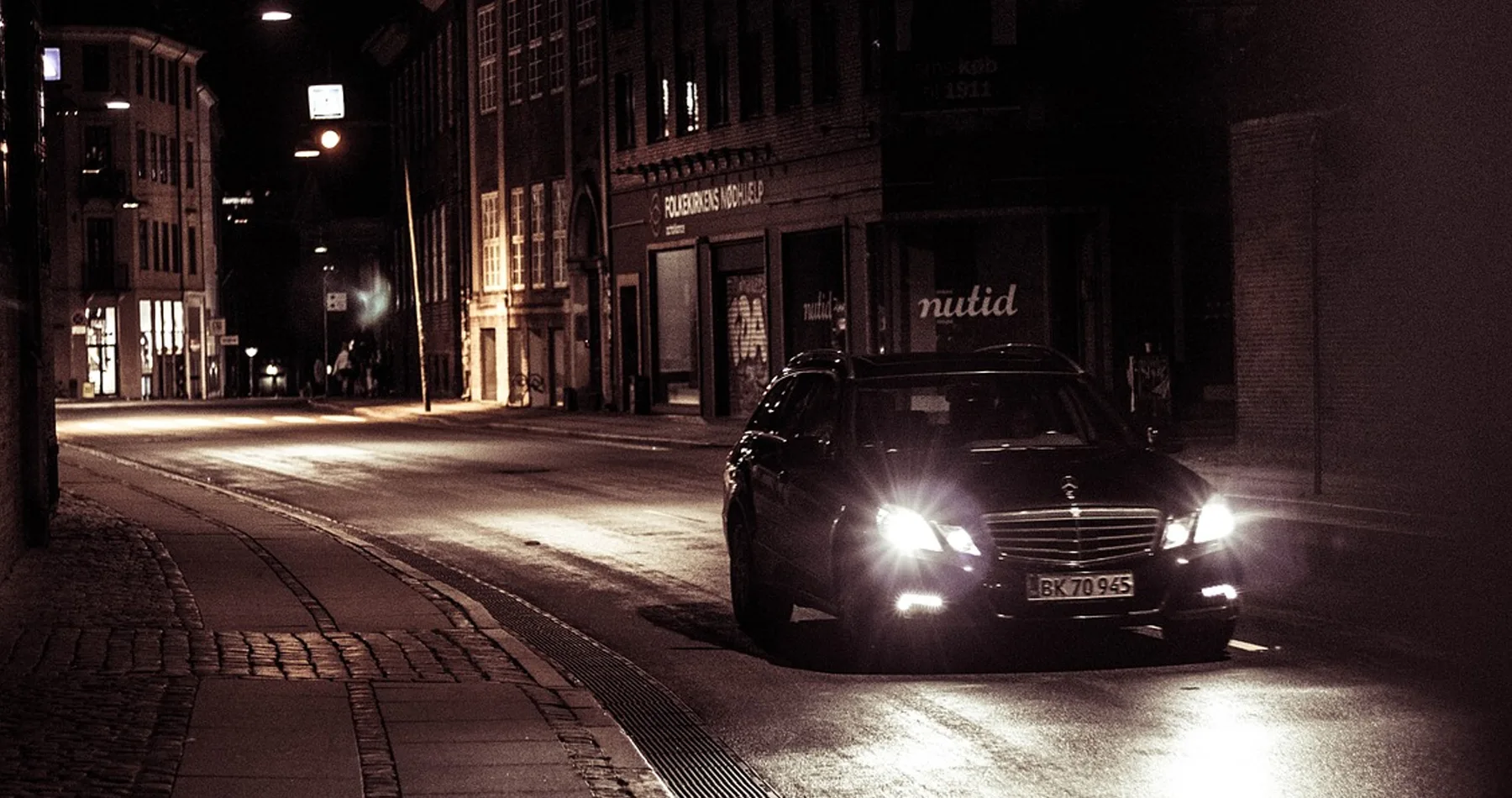Driving at night can be challenging and potentially hazardous due to reduced visibility and increased risk of accidents. While the best safety measure is to avoid night driving whenever possible, it’s not always feasible. Whether you’re embarking on a nighttime journey out of necessity or preference, taking certain precautions can significantly enhance your safety on the road. In this article, we’ll share ten essential tips to keep in mind when driving at night, ensuring a secure and stress-free experience.
10 Tips to Drive Safe at Night
Opt for Low Beam Headlights
Whenever possible, use low-beam headlights to minimize blinding other drivers. Reserve high beams for emergencies or when driving on unlit roads.
Ensure Clean Windshield and Mirrors:
Maintain a clear line of sight by regularly cleaning your windshield and mirrors. Dirt and smudges can amplify glare from other vehicles’ headlights.
Keep Lights Functional and Clean
Regularly inspect and clean all lights on your vehicle, including headlights, taillights, and turn signals. Proper lighting ensures better visibility for both you and other drivers.
Avoid Excessive Decorative Lights
Resist the urge to install additional flashy lights on your vehicle. Overly decorative lights can confuse other road users and compromise road safety.
Adhere to Color Guidelines
Follow the regulations regarding the colors of lights on your vehicle. Different colors can cause confusion and misunderstanding among fellow drivers.
Adjust Headlamp Level
When your vehicle is loaded, adjust the headlamp level accordingly. Properly aligned headlights prevent blinding oncoming traffic and optimize your vision.
Choose Non-Tinted Glasses
Opt for non-tinted eyeglasses when driving at night. Tinted glasses can exacerbate visibility challenges in low-light conditions.
Prioritize Pedestrian Safety
Stay vigilant for pedestrians, especially in poorly lit areas. Pedestrians may not be as visible at night, so slow down and exercise caution in urban and residential zones.
Dip Headlights Early
Dip your headlights well in advance when approaching other vehicles. This courteous gesture prevents discomfort or distraction for fellow drivers and maintains road harmony.
Avoid Staring at Oncoming Headlights
Direct exposure to the intense light of oncoming vehicles can lead to temporary glare blindness. Averting your gaze from bright headlights helps maintain your visibility and focus on the road.
Driving at night demands heightened awareness and adherence to safety guidelines. While accidents can’t always be avoided, following these crucial tips can significantly reduce risks and enhance your overall driving experience during nighttime journeys. Remember, your safety and the safety of others on the road are of utmost importance. By incorporating these measures into your night driving routine, you’ll ensure a smoother and more secure trip every time you hit the road after sunset.
